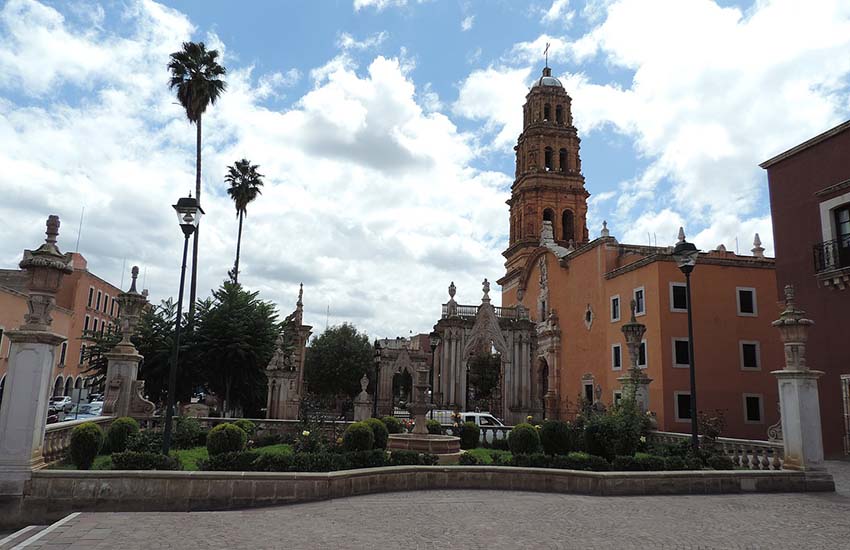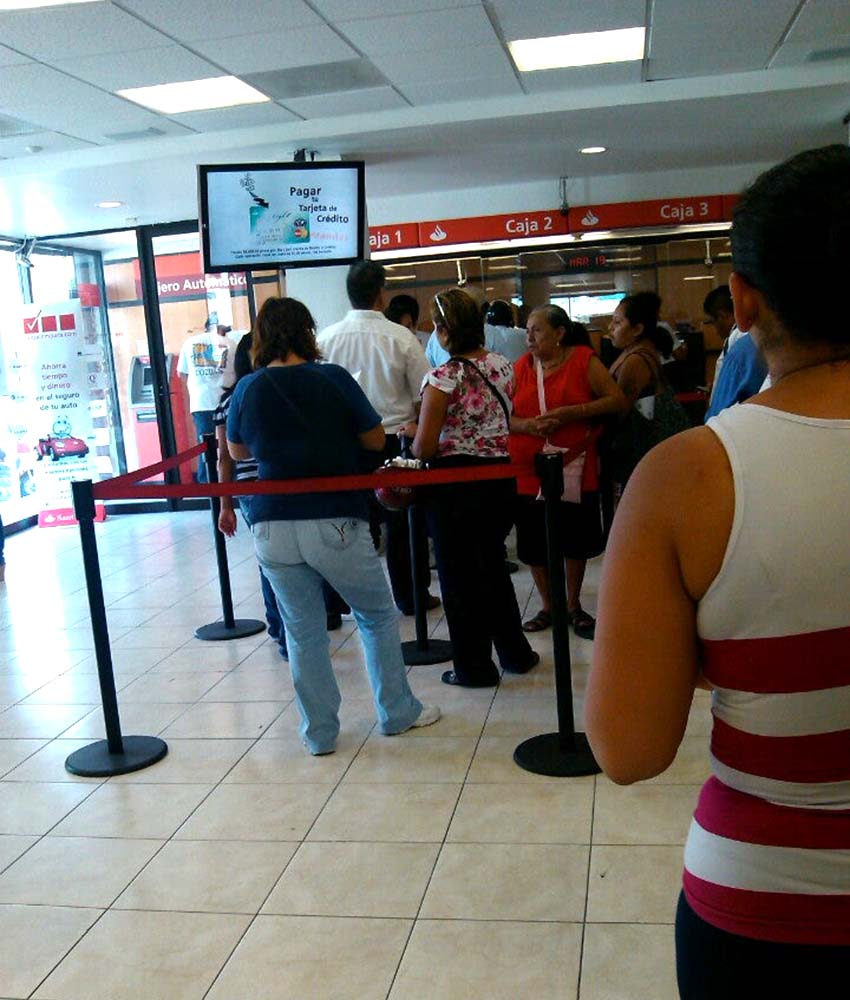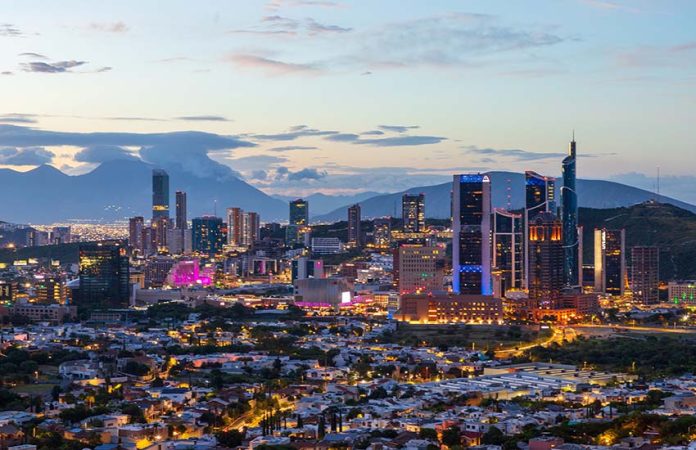The majority of Mexicans believe the city where they live is unsafe, a new survey found, but the percentage of citizens concerned about security in their local area is nevertheless at its lowest level of the past 10 years.
Conducted by national statistics agency INEGI in late August and the first half of September, the latest National Survey of Urban Public Safety (ENSU) found that 64.4% of Mexicans feel unsafe in their home city.
While still high, the figure fell 3 points compared to June and is now at its lowest level of the past decade. The current percentage is almost nine points lower than when President López Obrador took office in December 2018.
INEGI surveyed residents of 75 cities for the latest ENSU, which is conducted every quarter. All 16 Mexico City boroughs were considered separately, lifting the total number of cities to 90.

Perceptions of insecurity are higher among women than men, the survey found. About seven in 10 women – 70.5% – consider their city to be unsafe, while 57.2% of men said the same.
Fresnillo, Zacatecas, has the unenviable distinction of being the city considered unsafe by the highest percentage of surveyed citizens, with 94.7% of respondents expressing concerns.
The cities of Irapuato in Guanajuato, Naucalpan in México state, Zacatecas city and Ciudad Obregón in Sonora were also deemed unsafe by more than 90% of their residents.
Numerous other cities including Guadalajara, Colima, San Luis Potosí, Uruapan, Toluca, León and Ciudad Juárez were considered dangerous by over 80% of their residents.

Security perception levels among citizens were only below 50% in 24 of the 90 cities considered by INEGI. Among those, San Pedro Garza García – an affluent municipality in the metropolitan area of Monterrey – can be considered the safest city as just 14.5% of residents said that insecurity was a problem in their local area.
Four other cities had insecurity perception rates of 25% or lower – the Mexico City borough of Benito Juárez (20.6%), Piedras Negras (23.8%), Tampico (25%) and Los Mochis (25%).
Other cities with relatively low rates – below 40% – included Los Cabos, Saltillo, Puerto Vallarta, Mérida, Tepic, Durango and La Paz.
Withdrawing money from automatic teller machines on city streets is a major concern for Mexico’s urban dwellers, the survey found. Almost three-quarters of respondents – 73.6% – told INEGI they feel unsafe when using ATMs, while 67.4% said that using public transport was risky.

The other places where a majority of those polled said they felt unsafe were banks, the streets they regularly use, highways and markets. Some respondents said they also felt unsafe at parks, in their cars, at shopping centers, at work, at home and while studying at educational institutes.
INEGI also asked citizens to offer an outlook for the security situation in their cities over the next 12 months. Just over 35% of respondents expect the situation to remain “just as bad” while 25.7% anticipate it will deteriorate. Only 21.9% of those polled believe that the public security situation will improve in their cities in the coming year, while 16% predicted it will stay “just as good” as it is now.
Violent crime is a significant problem in various parts of Mexico, but homicides declined 8.4% in the first eight months of 2022 compared to the same period of last year, official data shows. Security Minister Rosa Icela Rodríguez declared last month that “today we live in better conditions of peace and it’s clear that the national security strategy is working.”
However, Mexico remains on track to record over 30,000 homicides once again this year, with almost 21,000 victims between January and August.
With reports from Milenio
